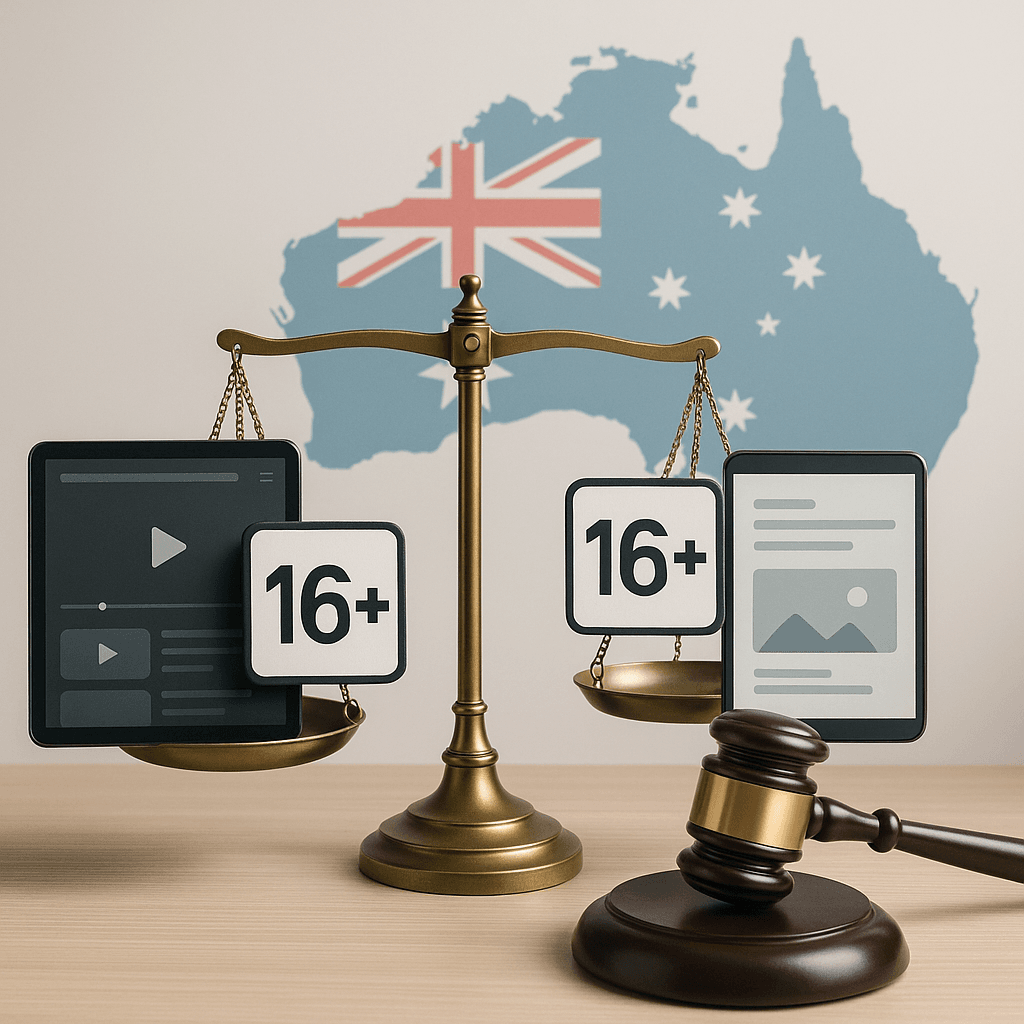Just weeks before Australia's groundbreaking social media ban takes effect, the country's internet watchdog has thrown a curveball that's reshaping the streaming landscape. eSafety announced that Twitch will join the list of platforms banned for users under 16, while Pinterest dodged the restriction entirely. The move affects millions of young gamers and highlights how regulators are drawing new lines in the digital sand.
Australia's decision to pull Twitch into its sweeping social media crackdown just caught the gaming world off guard. The eSafety Commissioner announced that the Amazon-owned streaming giant now falls under the country's Social Media Minimum Age rules, joining heavyweights like Meta's Instagram and Facebook in the digital penalty box.
The timing couldn't be more dramatic. With Australia's historic under-16 ban launching December 10, Twitch scrambled to announce its compliance plan. According to a Twitch spokesperson who spoke with TechCrunch, Australian teens won't be able to create new accounts starting next month, while existing accounts get the axe on January 9.
But here's where it gets interesting - Pinterest walked away completely unscathed. Australia's regulators drew a sharp line between platforms built for "online social interaction and engagement features like live-streaming" versus those "mainly used for collecting images and ideas." That distinction just saved Pinterest from joining a banned list that now includes Facebook, Instagram, Snapchat, TikTok, X, YouTube (except YouTube Kids), Reddit, and local streaming service Kick.
The decision exposes how differently regulators view interactive versus passive platforms. While Twitch thrives on real-time chat, donations, and community building around gaming content, Pinterest operates more like a digital mood board. It's a distinction that could reshape how platforms design their features as more countries consider similar restrictions.
Globally, Twitch allows users 13 and older, requiring parental involvement for minors. But Australia's stricter age floor forces the platform to completely rethink its approach in one of its key markets. The company now faces the challenge of age-verifying users in a country where such systems remain largely untested at scale.












